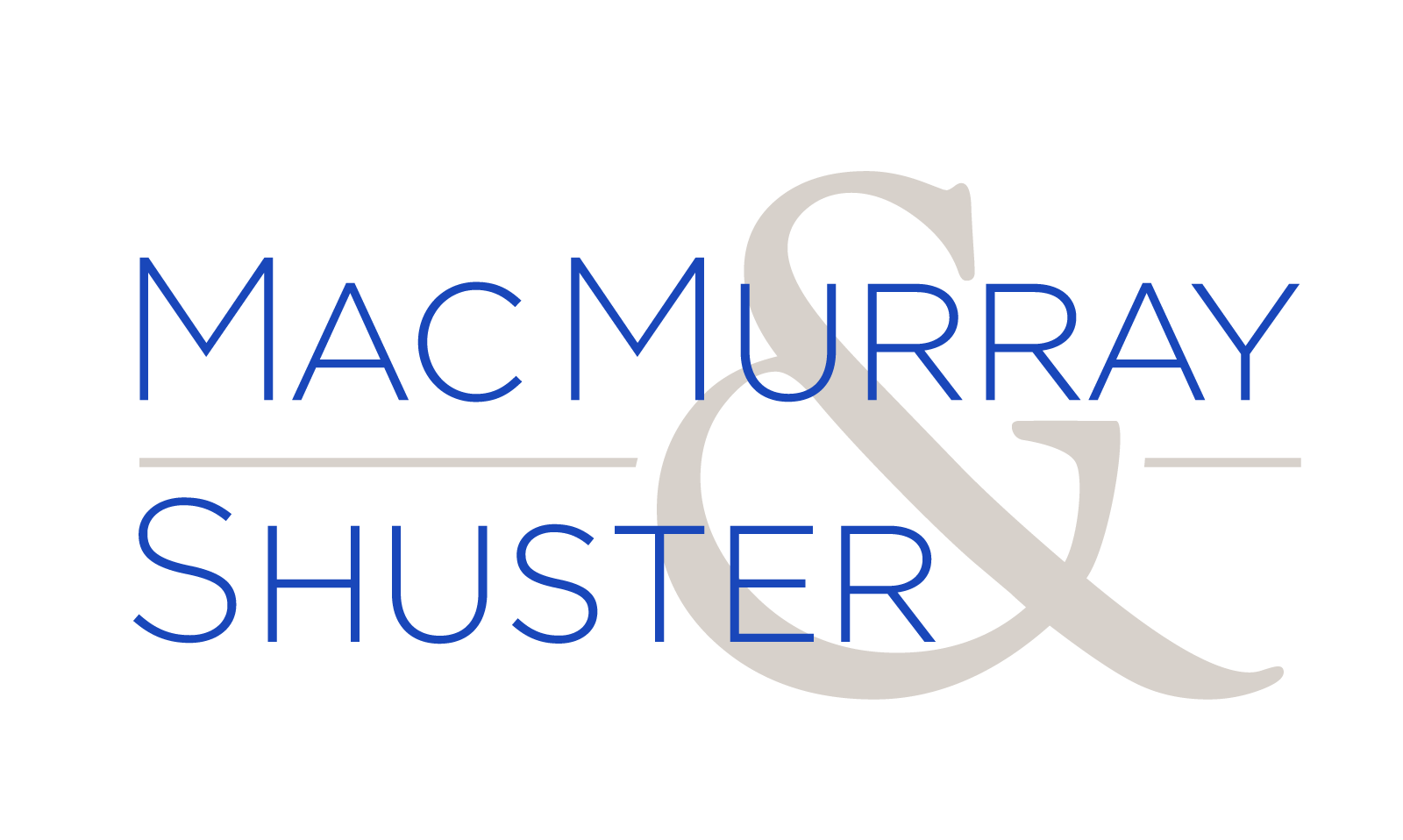On December 30, 2020, the FCC released its Fourth Report and Order to continue implementation of the TRACED Act. Passed by Congress in 2019, the TRACED Act directed the FCC to, among other things, combat illegal robocalls by providing a safe harbor for voice service providers (VSPs) that erroneously block calls and streamline the process to identify and correct call blocking errors. The FCC’s implementation now includes affirmative obligations on VSPs, expansion of the safe harbor to include network-based blocking based on reasonable analytics, and, as a credit to the advocacy efforts of industry groups like the Professional Association for Customer Engagement (PACE) for which Mac Murray & Shuster serves as general counsel, enhanced transparency and redress requirements.
The Order requires VSPs to assist with stopping presumptively illegal calls. For purposes of this Order, the FCC broadly defined VSPs to include any entity originating, carrying, or terminating voice calls through time-division multiplexing (TDM), Voice over Internet Protocol (VoIP), or commercial mobile radio service (CMRS).
VSPs must take concrete actions to participate in the traceback process and mitigate illegal calls:
- VSPs must respond to traceback requests from the FCC, law enforcement, and the US Telecom Industry Traceback Group (ITG), the official consortium to coordinate efforts to trace back the source of illegal robocalls. VSPs are expected to respond to a request within a few hours but not later than 24 hours absent an emergency.
- VSPs must take action to mitigate likely illegal calls when notified in writing of such calls by the FCC. VSPs should document any steps taken to mitigate the identified calls or, if the VSP concludes that the calls are not illegal, provide an explanation of the steps it took to reach that conclusion including documentation such as proof of consent. Importantly, relying on representations of the caller alone is not enough.
- Originating VSPs must implement due diligence measures that prevent customers from using their networks for illegal calls. These “know your customer” measures are flexible so VSPs may use what works best for them, but they require actual due diligence regarding the customer and its intended calling practices, not just contractual requirements. Additionally, heightened due diligence is likely required for high volume callers.
VSPs that block calls based on analytics, including caller ID authentication such as STIR/SHAKEN, will receive a safe harbor if their analytics program is designed to identify highly likely illegal calls and is managed by human oversight so that blocking works as designed. Terminating VSPs may block at the network level without consumer opt-in or opt-out only if the call is highly likely to be illegal, not simply unwanted. VSPs must have a sufficient monitoring process and must be able to demonstrate they blocked calls appropriately. The FCC did not provide specific steps for determining if a call is highly likely to be illegal but suggested calling the number back, reviewing complaint data on the call source, and contacting the originating VSP. VSPs must clearly notify consumers that they are engaging in such blocking such as by posting notices on its website or including inserts in bills.
Finally, in a win for callers and following strong advocacy efforts by PACE and other industry groups, VSPs must provide immediate notification of blocking to the caller, maintain a blocked calls list, and provide a point of contact for blocking disputes. Beginning January 1, 2022, VSPs must use SIP Codes 607 or 608 on an IP network and ISUP code 21 on a TDM network for immediate call blocking notification. Additionally, terminating VSPs that block calls on an opt-in or opt-out basis must provide a blocked call list containing the calling number and the time of the call at no charge to a consumer within three business days of receiving a request. VSPs may determine the delivery method for this list and must maintain the list for at least the previous 28 days. Finally, VSPs must establish a point of contact for all blocking concerns, especially blocking dispute resolution status, and provide the contact’s information on their websites. VSPs must provide a status update to any blocking dispute within 24 hours, but the FCC did not set a firm timeline for resolution of disputes.
Although industry advocates would have preferred additional protections for callers and consumers, such as a mandatory timeframe for resolving blocking disputes, the FCC’s Order provides important protections for every participant in the telecommunications ecosystem while allowing flexibility for VSPs to determine the best approaches for their networks.
* Aaron Parry contributed to this post.
A Partner at M&S, Josh advises clients on a range of proactive and responsive matters, helping them achieve their business goals while complying with federal and state privacy and other consumer protection laws.



